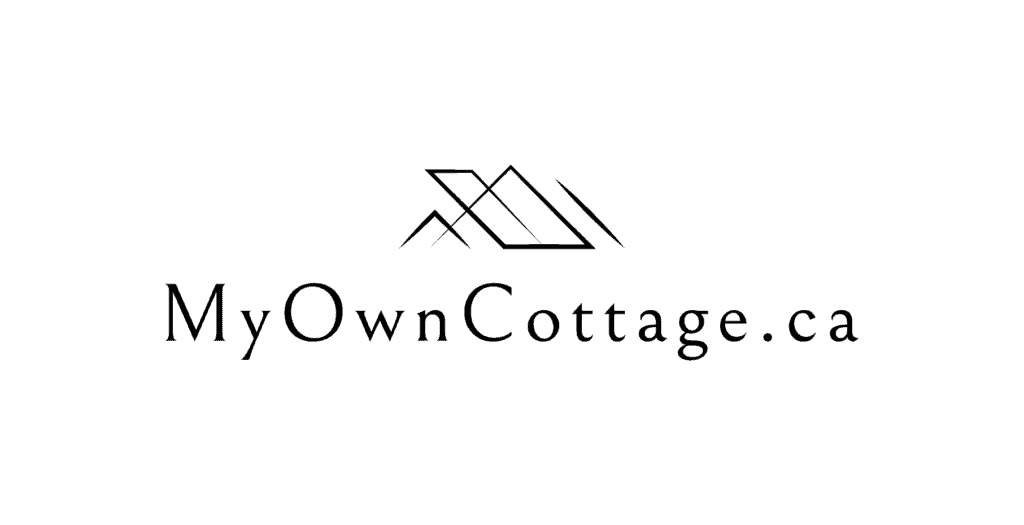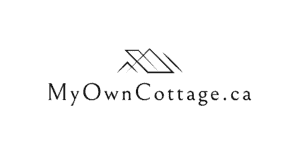Will Pipes Freeze in a Prefab Cottage During Ontario Winters?
Will pipes freeze in a prefab cottage during Ontario winters?
Learn how Ontario prefab homes are winterized with insulated plumbing, heated crawlspaces, and frost-safe systems for reliable year-round use.
Will Pipes Freeze in a Prefab Cottage During Ontario Winters?
Yes, pipes in a prefab cottage can freeze during Ontario winters if the home isn’t built to 4-season standards with proper insulation, interior pipe routing, and a heated crawlspace.
To prevent freezing, reputable builders follow the Ontario Building Code and often use insulated PEX plumbing, frost-protected foundations, and backup heat systems.
Ontario winters are no joke.
With temperatures often plunging below -30°C, many prospective prefab homeowners worry: Will my pipes freeze?
How Do Prefab Homes Prevent Pipe Freezing During Harsh Ontario Winters?
Fortunately, modern prefab cottages in Ontario are engineered to withstand harsh winter conditions.
From energy-efficient materials to smart plumbing layouts, builders now design for year-round living—even in remote areas.
Let’s explore what protects plumbing in prefab cottages, what building codes require, and what real-life winterization looks like.
Common Concern: Do Pipes Freeze in Prefab Cottages in Ontario?
Frozen pipes in prefab homes are a valid concern—especially for buyers unfamiliar with winterized construction.
But the risk is greatly reduced in properly built 4-season cottages.
Key concerns include:
Pipes installed in exterior walls or unheated zones
Crawlspaces that aren’t insulated or ventilated
Insufficient backup heating during power outages
Today’s prefab builders have adapted to Ontario’s extreme weather conditions.
“The question isn’t if pipes will freeze—it’s whether the design was done right,” says Laura Thompson, a licensed mechanical systems consultant based in Muskoka. “With proper insulation and routing, pipes remain fully operational all winter.”
How Builders Prevent Pipe Freezing in 4-Season Prefab Designs
Winterized prefab homes follow specific techniques to prevent pipe freezing.
These include:
PEX plumbing routed through interior walls only
Heated crawlspaces or slab-on-grade radiant foundations
R-24+ floor insulation and air-sealed building envelopes
Insulated skirting around crawlspaces
Use of backup power systems for critical systems
Prefab specialists like My Own Cottage often pre-install frost-protected shallow foundations, which reduce exposure to freeze-thaw cycles.
This is a huge advantage over older construction techniques.
✅ Pro Tip: Ask your builder if they route water lines above the frost line and whether crawlspaces include mechanical ventilation.
Ontario Code Requirements for Year-Round Plumbing
The Ontario Building Code (OBC) sets strict rules for plumbing in year-round dwellings.
Key regulations include:
Minimum frost protection depth: ~1.2 meters below grade
Proper drainage slope and venting to prevent ice blockages
Mandatory R-value standards for floors and walls
Thermal break protection at slab edges
Adequate provisions for power outage scenarios
Buying a prefab cottage that isn’t designed to code can expose you to additional costs, such as re-insulating or rerouting plumbing.
Always verify your floor plan is certified for 4-season use.
➡️ Curious about design compliance? Check out our Winter-Ready Floor Plans.
Real-World Case: A Winterized Prefab Near Haliburton
When Sarah and Chris moved into their custom home near Haliburton, they faced -30°C nights in their first winter.
Thanks to a radiant-heated concrete slab and insulated skirt foundation, their prefab remained cozy—and frost-free.
“We were nervous about plumbing,” says Sarah, “but My Own Cottage helped us build a model with internal water lines and a propane backup heater. We didn’t lose water pressure even during a 14-hour power outage.”
This is a prime example of controlled environment construction paying off.
The prefab’s high-performance windows, square footage efficiency, and mechanical redundancy delivered peace of mind.
What to Ask Before You Build or Buy
Before choosing a prefab home for Ontario winters, ask your builder:
Are all water lines installed inside heated zones?
Is the crawlspace ventilated and insulated?
Does the model support passive house principles or radiant slab heating?
What’s included in your floor plan for frost protection?
Is backup power a standard feature, or an additional cost?
Also, request references.
Look for case studies from clients who’ve spent multiple winters in similar builds.
➡️ Planning your year-round prefab? Read our expert guide: “Can You Live Year-Round in a Prefab Cottage in Ontario?”
Final Thoughts: Build Smart for Cold Weather Living
A prefab cottage can absolutely handle Ontario winters—if designed for it.
When you choose a high-quality product from experienced cottage builders, you get more than just a dream home: you get resilient infrastructure, energy efficiency, and exceptional service.
Choosing a Prefab Over Traditional Construction
Choosing prefab cottages in Ontario over traditional construction also gives you:
Faster construction timelines
Better price control
A home built in a controlled environment, not exposed to delays
A custom design that matches your personal style
💡 Ready to Explore Your Winterized Prefab Options?
Check out our latest home models, browse building plans, or book a free consultation with My Own Cottage to get expert guidance on the entire process.
Let’s build your perfect home—and make frozen pipes a thing of the past.
🧑💼 Request a Free Consultation
📲 Call Us Directly: (705) 345-9337
✅ Ontario-Built | ⚡ Energy-Efficient | 🏡 Fully Customizable | 🚚 Fast Delivery
Alternatively, for your convenience, you can also simply fill out the contact form below and we’ll get back to you soon! 👇
❓ FAQ: Will Pipes Freeze in a Prefab Cottage During Ontario Winters?
Will pipes freeze in a prefab cottage during Ontario winters?
Yes, pipes can freeze in a prefab cottage during Ontario winters if the home lacks proper insulation, heated crawlspaces, or interior pipe routing. Winterized prefab designs that meet Ontario Building Code standards prevent freezing even in -30°C conditions.
Will my pipes freeze in an apartment building?
Unlikely—apartment buildings are generally heated and share walls, which helps protect plumbing; however, pipes near unheated exterior walls or service shafts may still be vulnerable in extreme cold.
At what temperature do pipes freeze in an unheated house?
Pipes begin to freeze at 0°C (32°F), but the risk becomes severe when indoor temperatures fall below -6°C (21°F) for several hours, especially in uninsulated homes.
Can pipes freeze if you have a basement?
Yes, pipes can freeze in basements that are unheated, poorly insulated, or exposed to cold air leaks—particularly along exterior walls and near windows or vents.
How likely are pipes to burst if they freeze?
Very likely—frozen water expands by approximately 9%, and the resulting pressure can exceed 3,000 psi, causing pipes to rupture and lead to significant water damage.
What factors affect pipe freezing in cottages?
Key risk factors include prolonged subzero temperatures, inadequate insulation, lack of consistent heating, pipe placement near exterior walls, and absence of crawlspace sealing or foundation insulation.
How do you prevent pipes from freezing in a prefab cottage?
Use interior PEX plumbing, insulate exposed pipes and the foundation, maintain indoor temperatures above 5°C, and consider heating tape or draining the system during extended absences.

